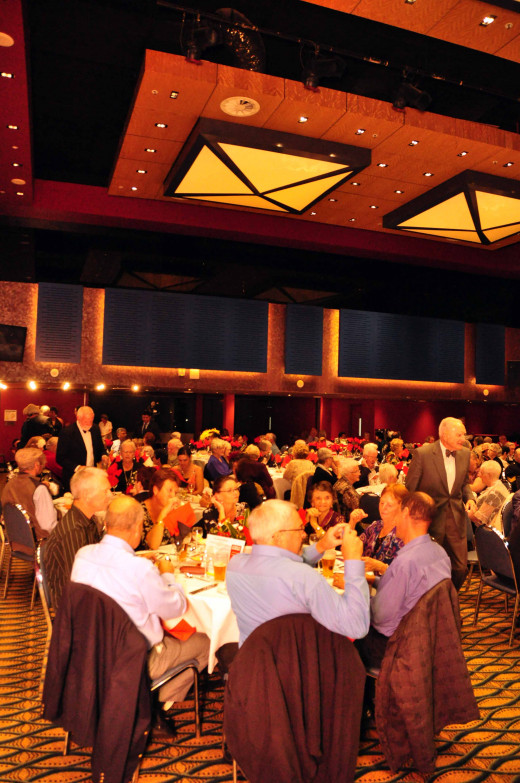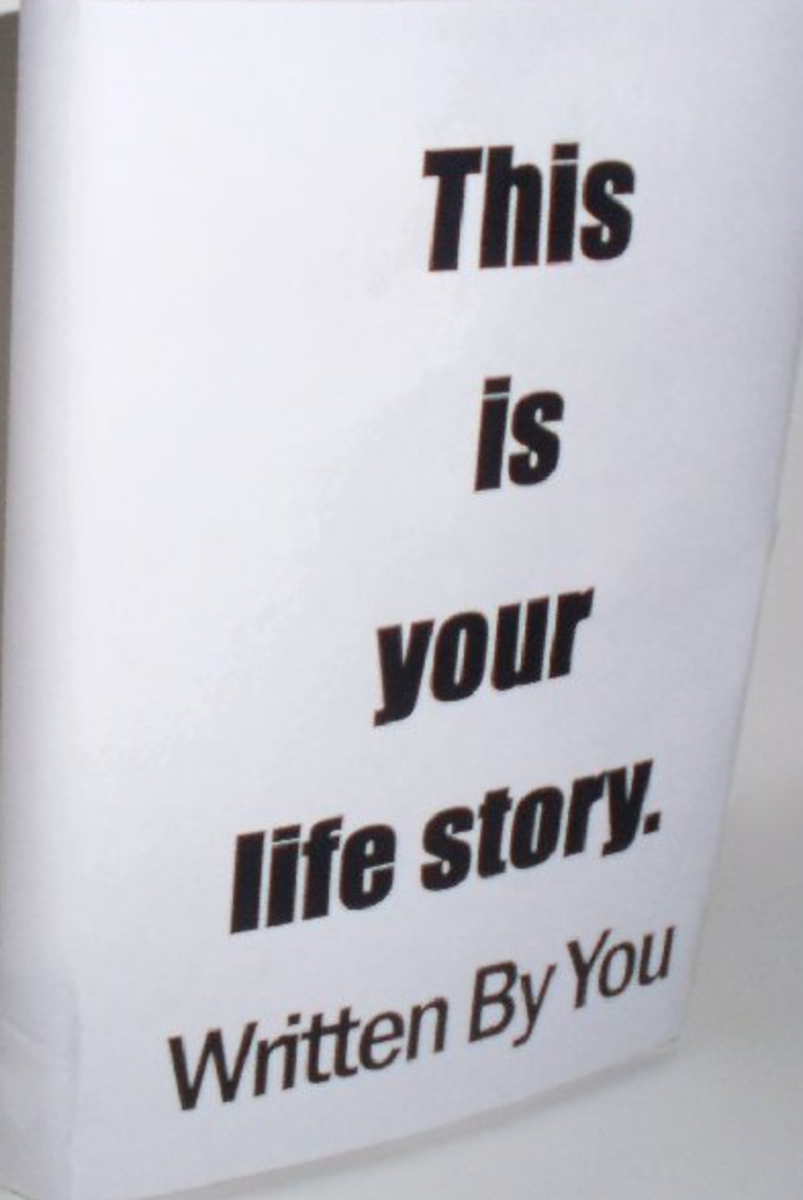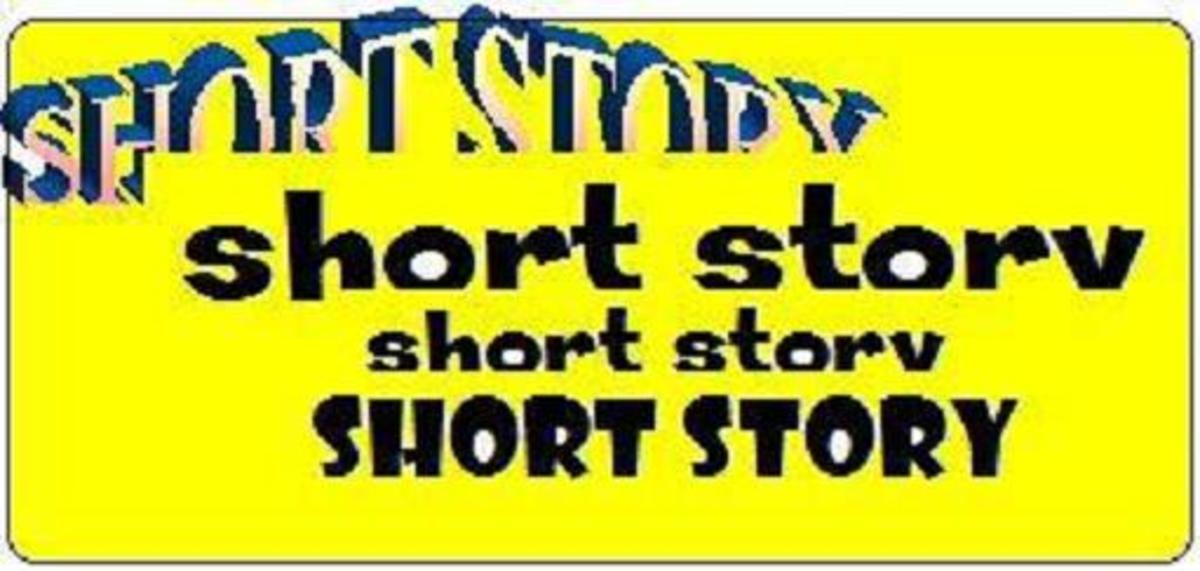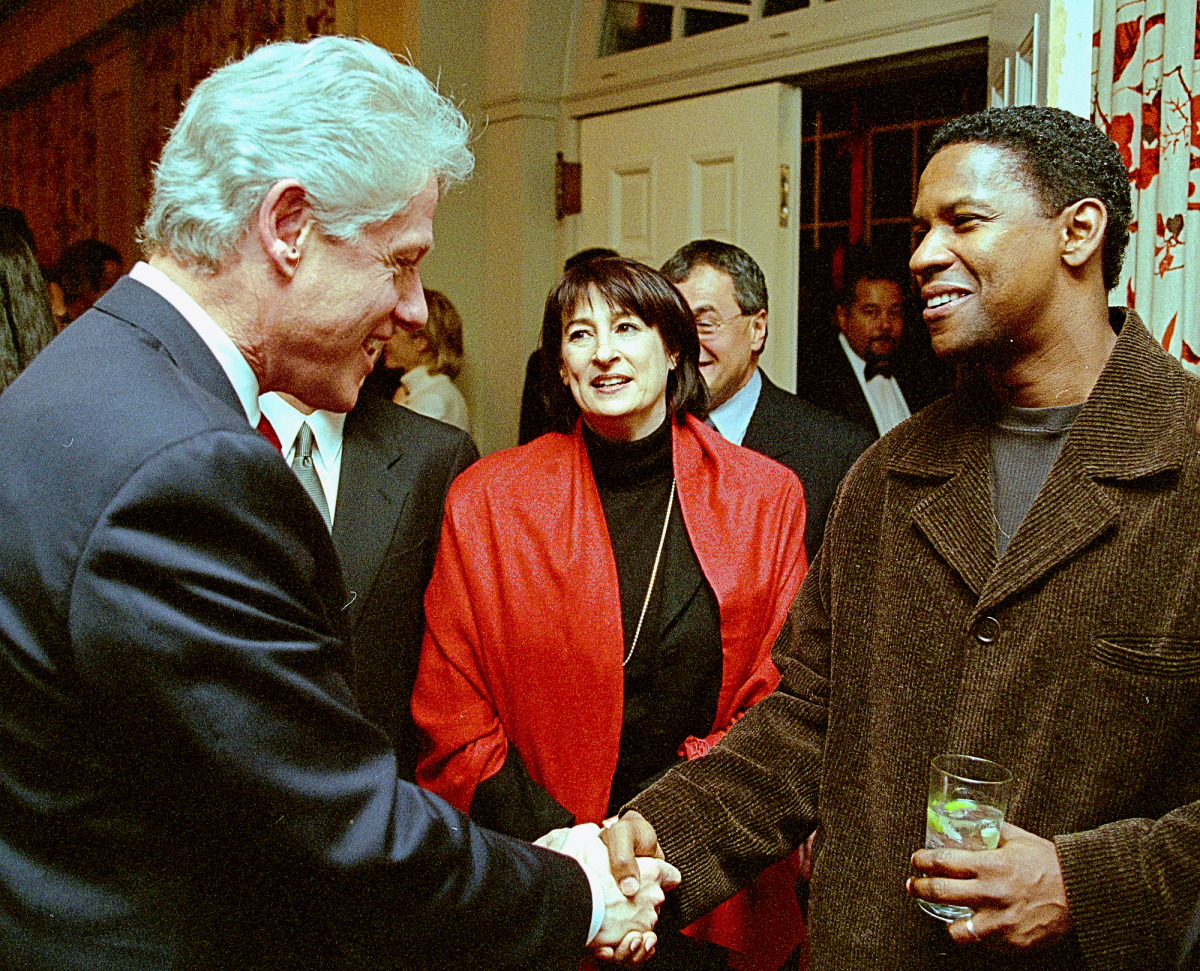Speaking Tips : How to tell Stories Effectively in public speaking
Storytelling Effectively
Wecome to Storytelling Effectively - a short essay on how to use story to achieve your goals.
Entertainment is the key in storytelling. Let a story entertain, and the persuasive and informative elements will be remembered, too.
If you want your speech to be remembered- use story. You remembered 'The Three Bears,' and 'Jack and the Beanstalk' from your earliest days, didn't you?
In Public Speaking, nothing is more effective in arousing emotions than story. So use your stories to 'make a point.' If the story's point is made strongly enough, statistics, data, and facts are almost superflous. Storytelling effectively is the real key to an audience remembering what was said.
Personal Experience. Remember, stories told at 'first hand' are those which are granted most credibility. So tell stories from your personal experience wherever you can.
Speaking Tips - Telling Stories for Effect The 'Nostalgia Factor.'
Use those stories in which your audience has a shared experience wherever you can. For example, if your audience has lived through World War Two, tell them a story from that era. If they're teenagers, tell 'em a story from your teenage years. In effective storytelling, empathy is the key.
Drama - To create instant drama use short (e.g. no more than eight or nine word) punchy sentences. But don't keep this up for too long, or it will lose its effect.
First 90 seconds crucial - It is said that a speaker must capture the attention of an audience within the first ninety seconds and that if he or she fails to do so, it's a very uphill battle from thereon. In using story, even if you only say, "Once upon a time, a long time ago..." you've got your listener hooked. So start with a story wherever you can.
Develop Story Language - Read fiction, descriptive short stories, novels, and poetry to add colourful, emotive words to your everyday vocabulary.
Personal Appeal - Don't use a story unless it has personal appeal to you. If it grabs you, moves you, then, well told, it will grab and move your audience.
No Visual Aids! - In using story your visual aid is yourself. Don't break your audience's inner picturing by showing them something physical. Let their minds' do the interpretation from your words. Also, the less inhibited you are, the more easily you will fall into natural gesture and movement. Don't strive for effect. Let it happen.
Endings - As in a joke's punchline, the end of a story should bring it to its conclusion. No explanation is needed. The story should stand by itself. If the very last sentence can complete it - good. If the final word does it - excellent! Further embellishment is not needed.
Practice - In storytelling- as in golf - if you want to get good at it - practice, practice, practice!
Please let me know if you feel you gained anything useful from Speaking Tips : How to tell stories effectively in Public Speaking and...
Keep smiling,
Tusitala Tom.
One of my audiences in 2012. Yes, I just told a story

The writer speaking in Hong Kong 2015

Part of my Audience as I talked about The Magic of Storytelling

been at this for quite a while...forty years plus









